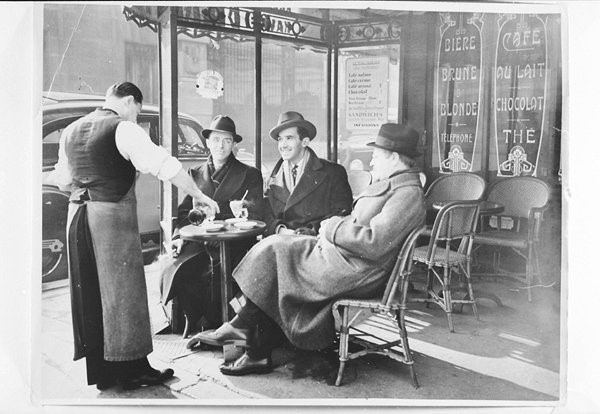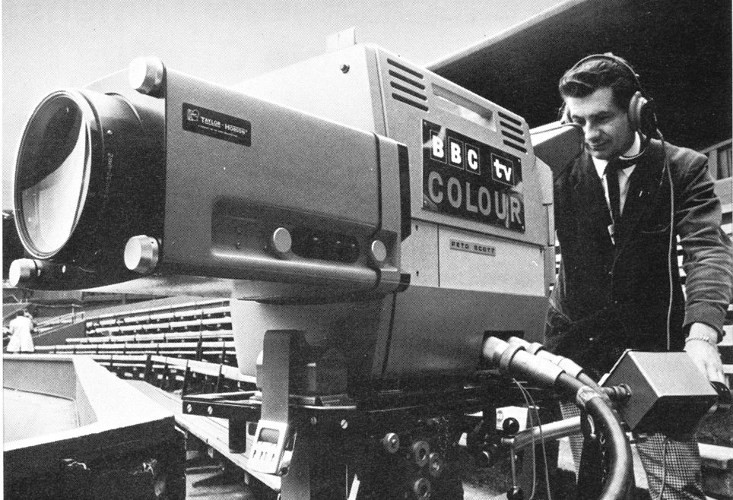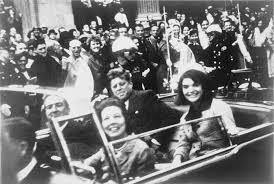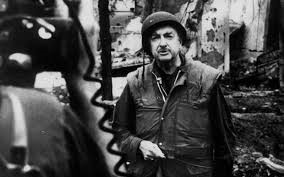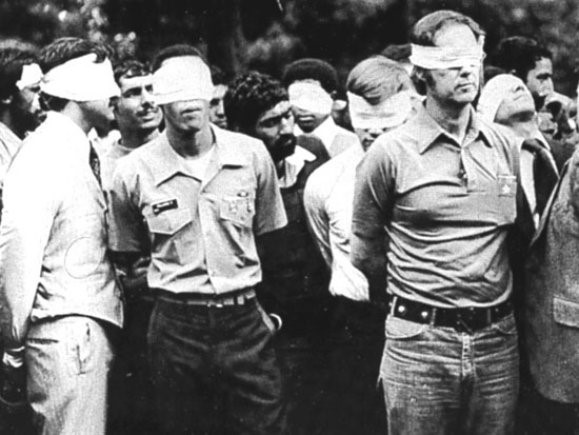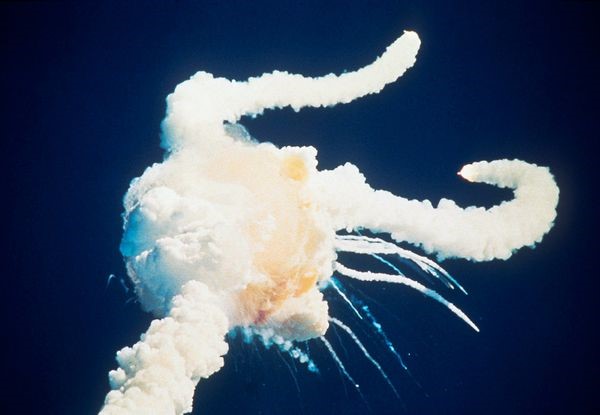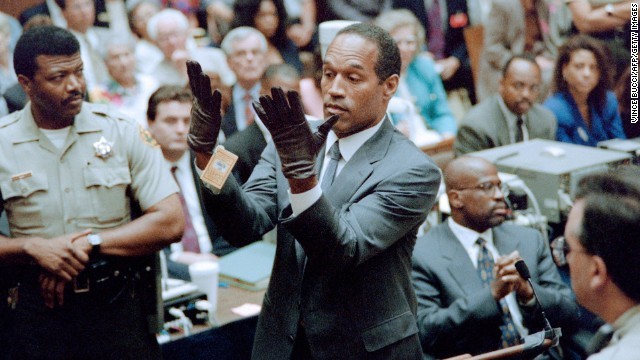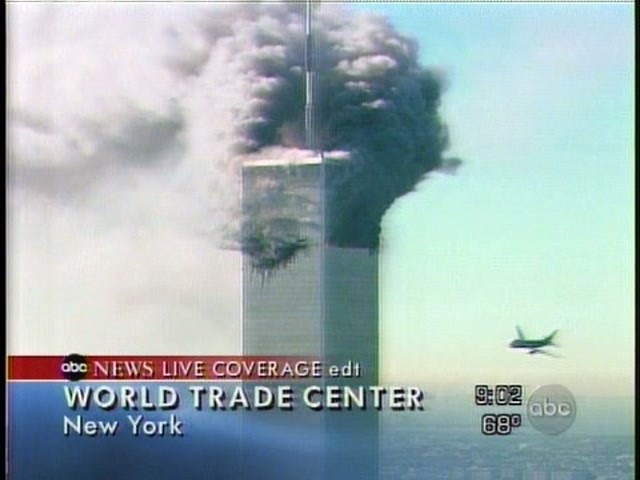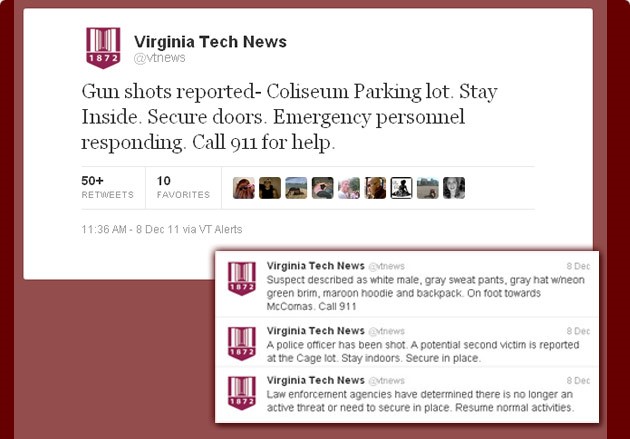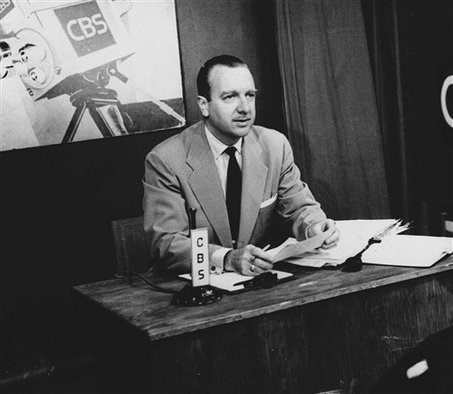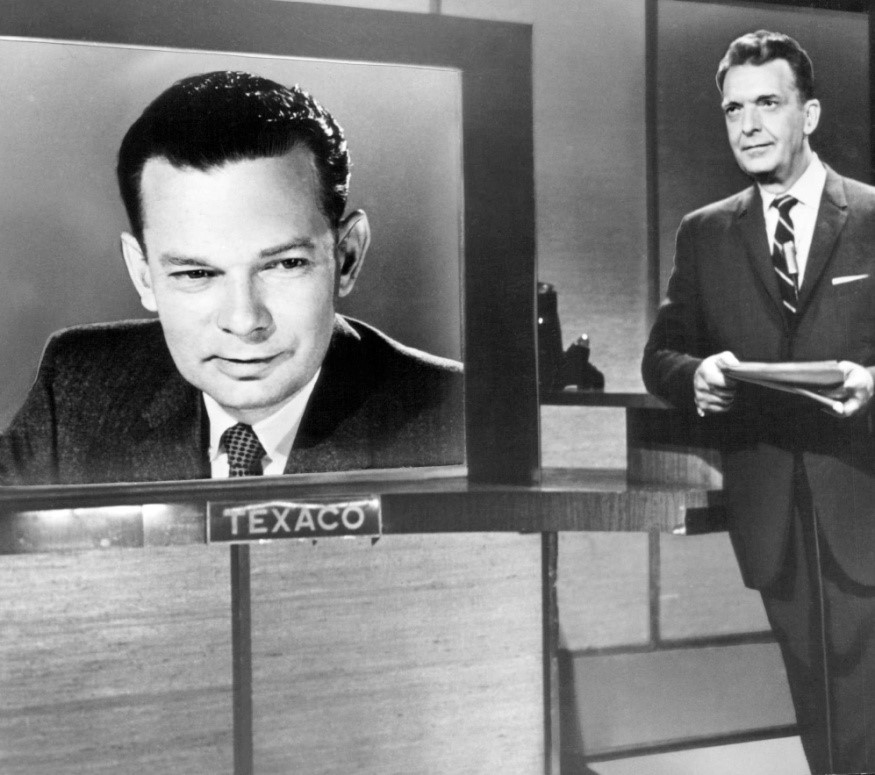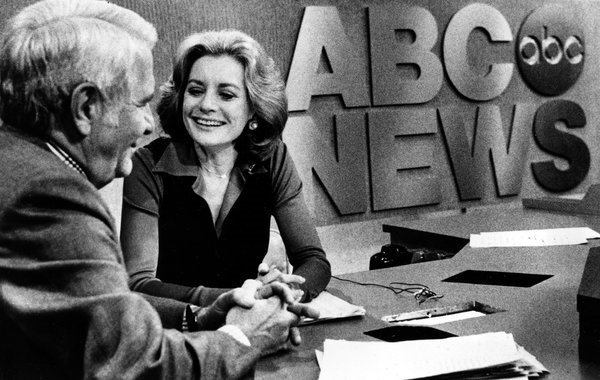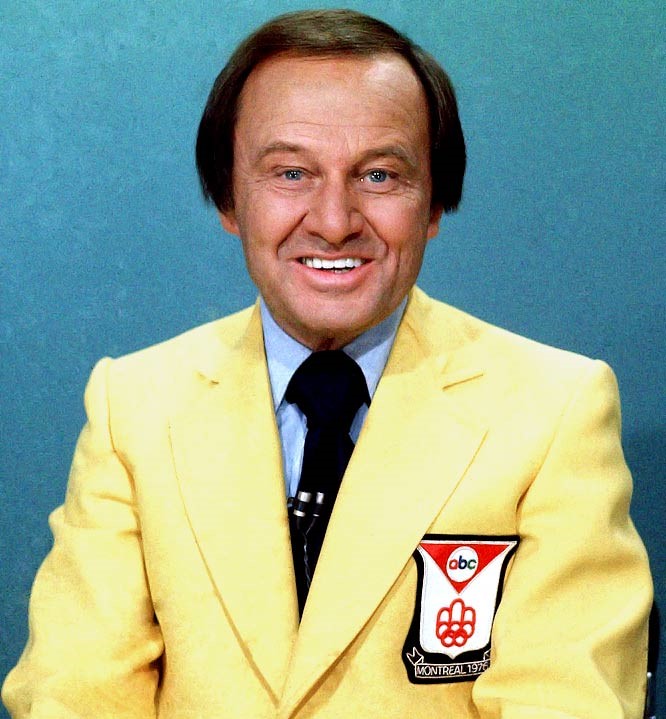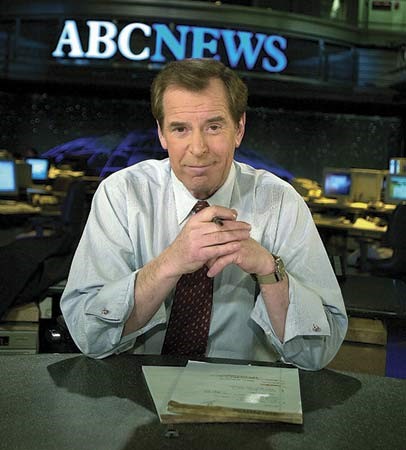EARLY DAYS – 30s & 40s
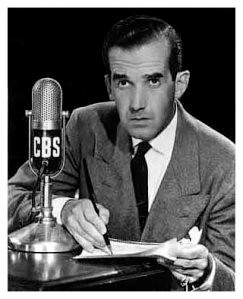 “Edward Roscoe Murrow” – the significance of this name in broadcast journalism cannot be overlooked for those who are remotely interested in the topic. Following the advent of FM radio in 1935, Murrow was assigned by CBS –the largest radio network in the United States at the time – as director of talks. But it wasn’t until his move to London in 1937 to become the network’s chief correspondent for Europe that he became a household name. Having gathered the best group of reporters to work with (famously known as “Murrow’s Boys”) he oversaw the creation of what we know today as foreign news broadcasting.
“Edward Roscoe Murrow” – the significance of this name in broadcast journalism cannot be overlooked for those who are remotely interested in the topic. Following the advent of FM radio in 1935, Murrow was assigned by CBS –the largest radio network in the United States at the time – as director of talks. But it wasn’t until his move to London in 1937 to become the network’s chief correspondent for Europe that he became a household name. Having gathered the best group of reporters to work with (famously known as “Murrow’s Boys”) he oversaw the creation of what we know today as foreign news broadcasting.
Radio news broadcasts did exist prior to Murrow’s famous words “This… is London” having permeated America’s airwaves in 1937 and capturing the minds of its people but was only ever limited to 15-minute or two 5-minute daily broadcasts where local commentators reflected on local news. This was also largely entertainment-based as it was during the Depression and people turned to the radio to escape – either that, or commentators merely recited the headlines of newspapers. Murrow’s program would be the first time a reporter in the field would produce a daily national broadcast through communicating with a central New York City anchor.
Reporting on the war from beleaguered London through his program World News Roundup, his cogent outlook teamed with his mastery of language influenced Americans to believe in a war they did not want nor think was worth meddling in. His report on the Nazi concentration camp in Buchanwald was one of many broadcasts that hold considerable historical significance in broadcast journalism until this day.
https://www.youtube.com/watch?v=wYVn0hzcSs0&feature=youtu.be
In a survey then taken in 1940, 65% of respondents had stated that radio was their preferred source of news and Murrow’s audience had grown to 22 million, including President Roosevelt and his cabinet. Then in September of 1940 – the month of London’s bombing by the Germans, the percentage of Americans voting to aid Britain raised from 16 to 52. As a result, Murrow’s journalistic career failed to meet its match in the generations that followed whilst his peers continued to emulate his style for decades onwards.
TELEVISION IS BORN
When Murrow arrived back in New York City in 1941, to his surprise, he’d become a star and was immediately approached to host a weekly television program. Television was still in its infancy and hadn’t established a news program until Meet The Press ended up debuting on NBC in 1947 (this also ended up being the longest-running show in television history). However, Murrow’s program See It Now aired soon after in 1951 and continuously broke new ground in its field whilst being considered the most innovative program of its era. It presented stories of ordinary people into powerful commentaries about social and political issues. His “Boys”, Joseph Wershba, Charles Collingwood and David Schoenbrun – who became respected broadcast journalists in their own right – also used crafty editing features in their reports for the show. Their work consisted largely of unscripted interviews and effective “crosscuts” where fragments of lengthier interviews were arranged in order to flow with the narrative and have sharper focus – things that became standard features of television journalism.
MOST NOTABLE EVENTS IN TV NEWS COVERAGE
In 1963, the Kennedy assassination was what thrust the spotlight on television as the new best way to consume current affairs. As the tragedy unfolded in front of the nation, it demonstrated how television could show the shooting and moment-to-moment action that neither newspapers nor the radio could.
In 1968, despite the ensuing political onslaught, CBS News anchor Walter Cronkite strayed from traditional journalistic reporting and spoke wholeheartedly in the evening news broadcast about how the war wasn’t winnable.
In 1979 when 52 Americans were captured by Iranian militants from Tehran’s U.S. Embassy, television viewers needed extensive information beyond regular network’s evening newscasts. This prompted ABC to create a late-night news program called Nightline. Unlike shows like 60 Minutes, it was produced every day with live coverage accessed via new satellite technology. It was the first time viewers could get interviews and further analysis on the day’s top stories.
1986 was the year that children witnessed the launch of NASA’s Challenger and experienced the tragedy of live television. It unexpectedly exploded whilst carrying its first private citizen, teacher Christa McAuliffe. The lesson of media here was that anything live cannot be edited or filtered thus can be heartbreaking.
The O.J. Simpson trial in 1994 took place in Los Angeles, allowing for all the right tools to be accessed for extensive coverage. Millions of viewers watched as cameras were allowed in the courtrooms and live helicopter photographs allowed for snaps of Simpson fleeing the crime scene. The “Trial of the Century” would have been merely a footnote in sports and entertainment history if not for television journalism.
The 9/11 attacks significantly changed how news is covered. Ever since the color-coded terror alert system was changed, rumors of violence or attacks are reported if they have any inkling of credibility; even after the system retired in 2011. Because of this, journalists have had to re-interpret their classification of reportable news versus rumor, which still remains today.
Following the 2007 Virginia Tech shooting and the ubiquitous nature of the Internet, social media changed the way the world saw coverage of breaking news. Professional journalism wasn’t necessary to produce live and raw content and thus citizen journalism began.
TOP TELEVISION JOURNALISTS IN BROADCASTING HISTORY
1952 was the year that a man named Walter Cronkite (who was hired by Murrow but refused to be one of his “Boys”) became the first ever “anchor” as he hosted CBS’ Democratic and Republican conventions. He would go on to become America’s most recognizable and trusted television journalists after covering some of the most controversial and monumental historical events of the century.
Chet Huntley and David Brinkley co-host The Huntley-Brinkley Report as it debuts on NBC in October 1956. This evening newscast becomes critically-acclaimed with its innovative broadcast style as it cut between Huntley in New York and Brinkley in Washington D.C.
NBC’s Today Show hired Barbara Walters in 1961 as a researcher and writer, who then went on to become the “Today Girl”. She eventually went on to write and edit her own stories, all the while receiving little respect from her male colleagues. It was only after her co-anchor Frank McGee’s death in 1974 that she even received official recognition as a “co-host”.
Jim McKay, a sports journalist on the ABC’s Wide World of Sports became the face of the 1972 Munich Olympics’ hostage crisis. He reported for 16 hours on the events as they unfolded with a disastrous end.
In 1984, Oprah Winfrey began hosting an ABC affiliate’s morning show called A.M. Chicago. The show outscored Phil Donahue’s popular talk show ratings within 3 months, allowing her to then embark on the Oprah Winfrey Show.
In an incredible rise to the top, Peter Jennings became the youngest anchor for ABC Evening News at just 27 years old. He was named “best anchor” in ’88,’90 and ’92 by the Washington Journalism Review and has won several Overseas Press Club and Emmy awards.
Dedicated to training the next generation of journalists, NYFA’s Broadcast Journalism School will prepare students for a professional career in broadcast journalism both in front of and behind the camera. Visit our Broadcast Journalism School page to learn more and apply.

